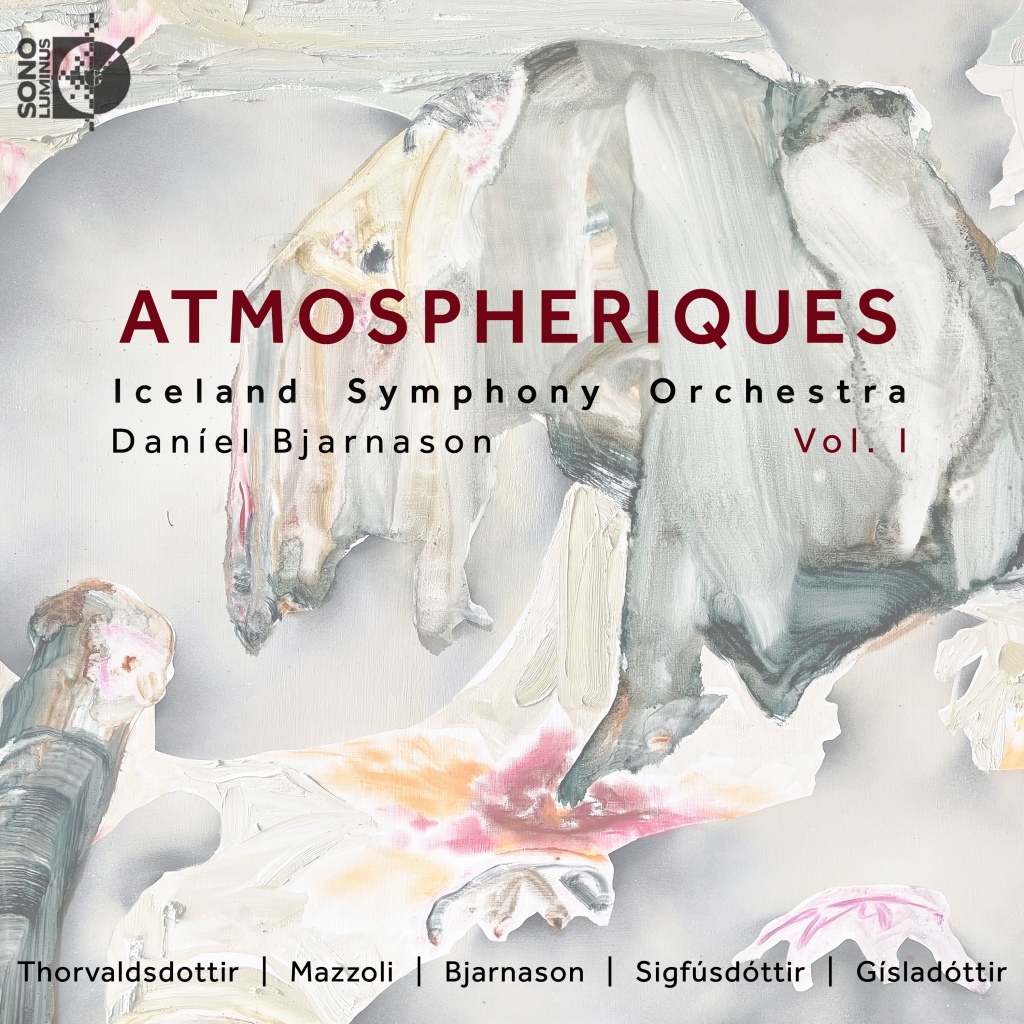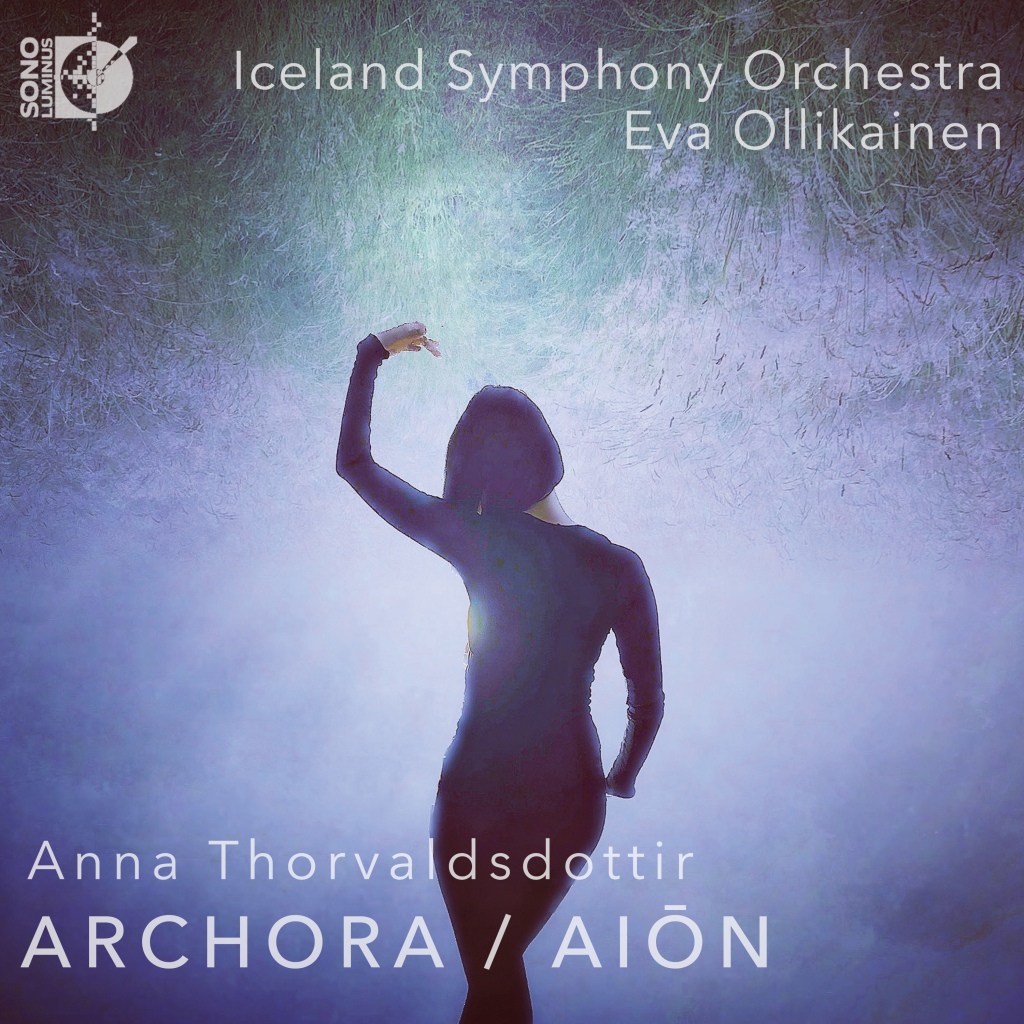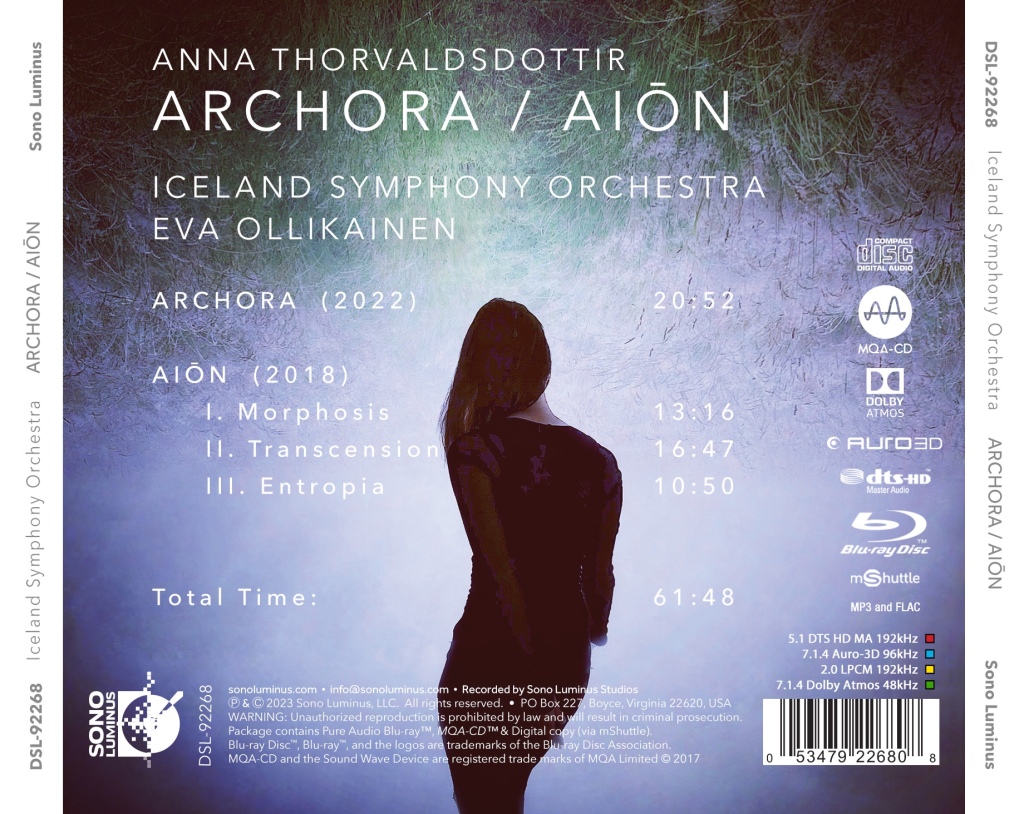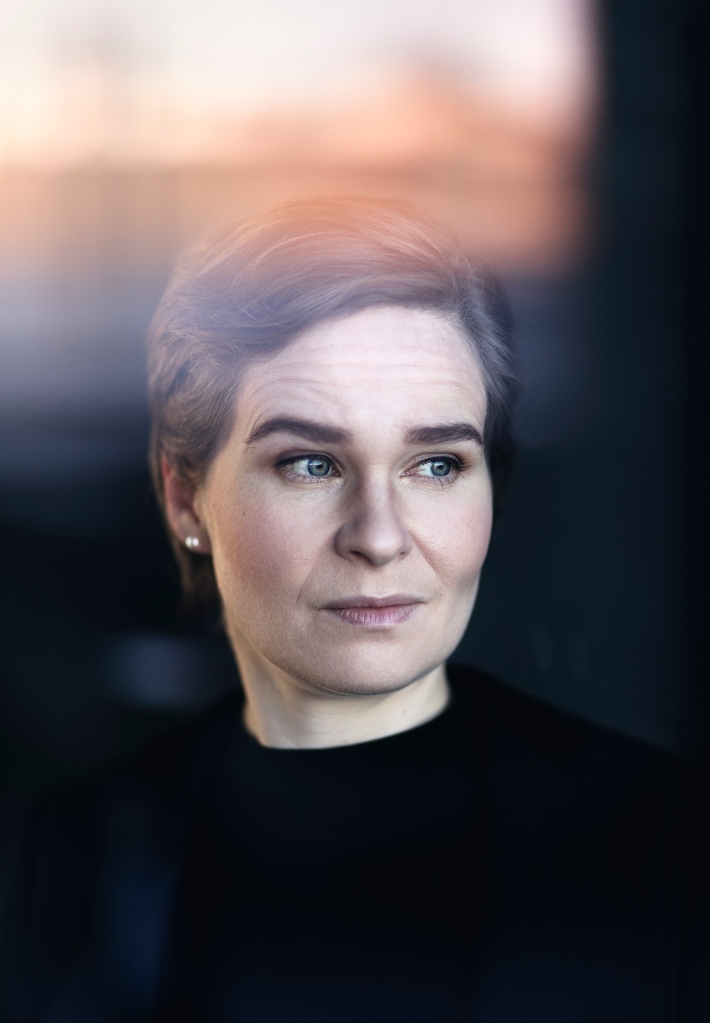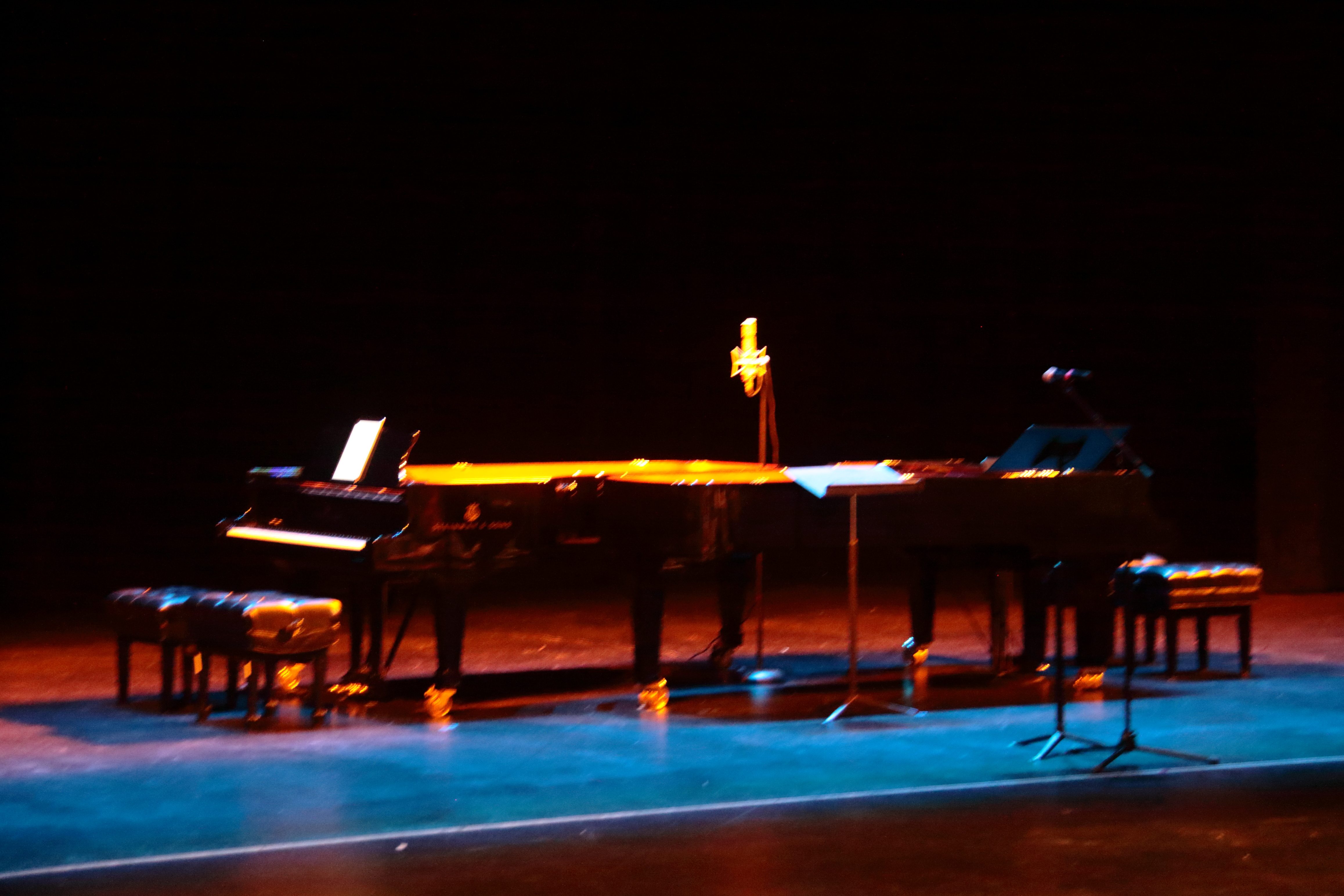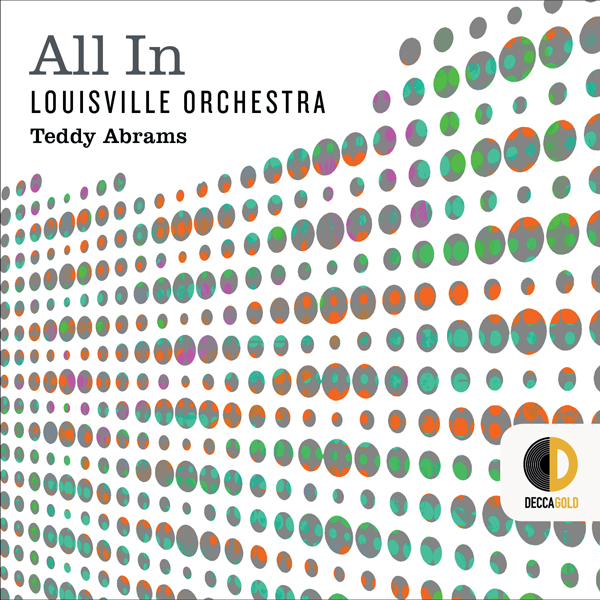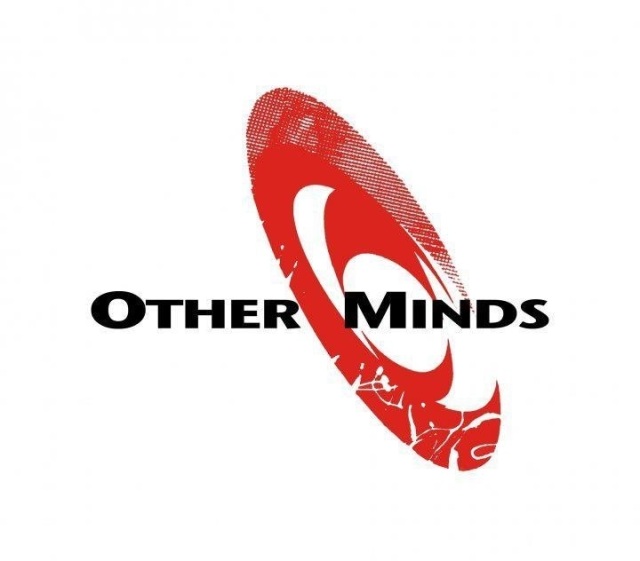The 20th Other Minds festival completed its three concert run on March 6, 7 and 8 of 2015. This was the first time in which composers who had appeared before came for a second time. Ten composers were featured and a total of some 25 or so works were performed. It also marked the first time that a full symphony orchestra was featured.
The first night opened with the wonderful guitarist David Tanenbaum performing music by the late Peter Sculthorpe who was to have attended this festival. Sculthorpe sadly passed away in August of 2014. Tanenbaum played his “From Kakadu” (1993) a suite for guitar in four movements. This was moving and quite virtuosic music which was performed with passion and ease.
Tanenbaum followed Sculthorpe’s piece with the last composition by the beloved Lou Harrison called Scenes fromNek Chand (2001-2) played on a National Steel Guitar in just intonation. As with the Sculthorpe, Tanenbaum displayed his well-known facility in interpretation of new music and left the appreciative audience wanting more.

David Tanenbaum holding his National Steel Guitar as he acknowledges the warm applause
Next up was a too rare opportunity to hear a composition by Other Minds Artistic Director Charles Amirkhanian. Bay area violinist Kate Stenberg took the stage to perform the solo violin part with prerecorded tape. The piece called Rippling the Lamp (2007) is a musical depiction of a visual the composer saw involving the reflection of a lamp in water. But regardless of the genesis this was a powerful and engaging piece even on a purely musical level. Stenberg executed her part flawlessly in what was an almost romantic piece at times.

Kate Stenberg playing Amirkhanian’s Rippling the Lamp.

Charles Amirkhanian warmly embraces Kate Stenberg following her performance of his piece.
And the first half concluded with a performance by the Del Sol Quartet of the world premiere of Miya Masaoka‘s Second String Quartet “Tilt” (2014-5). This was a complex piece requiring a great deal of knowledge of special performance techniques that would be a challenge for any string quartet. This complex work was difficult to grasp in only one hearing but it was a joy to see how easily these musicians handled the work.

The Del Sol Quartet performing Miya Masaoka’s Second String Quartet
Following intermission we came to know what the origami birds were all about. These along with video projections and a great deal of electronics came together to give utterance to Maja S.K. Ratkje’s Birds and Traces II (2015), another world premiere. This was by far one of the most complex pieces involving a great deal of media as well as performers Kathy Hinde and accordionist Frode Haltli. In addition to electronics and voice the musicians used bird whistles, computer controlled slide whistles and animated sculpture along with the projected videos. This was more of the character of one of Allan Kaprow‘s “happenings” from the 1960s. Truly a maverick piece in a concert series that prides itself on such. The audience was clearly entertained.

Maja S.K. Ratkje, voice and electronics



Three scenes from the video
The first night concluded with a performance of Peter Sculthorpe’s String Quartet No. 14 “Quamby”(1998) which includes a didjeridu. Stephen Kent, who played the didjeridu, spoke a warm dedication in memory of the late composer. The Del Sol Quartet along with Kent gave a deeply emotional reading of this beautiful work (I went a bought a copy of their recording of all of the composer’s string quartets with didjeridu right after this performance). I had heard that uniquely Australian instrument before but had no idea how expressive it could be. The audience was clearly moved and this was a fitting deeply felt tribute to the composer.


The Del Sol String Quartet with Stephen Kent on didjeridu
I took the opportunity to speak to a few people after this performance and it confirmed for me that this performance affected and moved us all in what I think is the highest achievement of a composer and a performer, that of communicating emotionally with a audience. We all seemed to share the sadness of Mr. Sculthorpe’s passing but also the joy of his having been with us to make this music which lives on.

Peter Sculthorpe (1929-2014)
Those animated origami sculptures remained (though no longer animated) just above the stage for the remaining two nights and certainly added a bit of unusual flair which distinguished the look of this year’s series. It is also worth mentioning that the stage management and creative lighting add to the professional and polished look for this series and those commonly unsung heroes deserve credit for their fine work.
Let me also mention that this year’s program booklet surveying the whole of the Other Minds series was chock full of beautiful by resident photographer extraordinaire John Fago.
The second concert opened with what was, for this writer, worth the price of admission, that of Charles Amirkhanian performing his sound poetry live with multi-track tape. His roles as sort of the Bill Graham of the avant-garde and his previous work as music director at KPFA could satisfy a life’s work just by themselves but he is also an accomplished composer and one of the most interesting and innovative sound poets/artists of the late 20th and early 21st centuries. So this live performance would have brought me to the theater were it the only thing on the program.

Charles Amirkhanian performing his sound poetry live with tape.
The pieces performed, Dumbek Bookache (1986), Ka Himeni Hehena (The Raving Mad Hymn, 1997) and Marathon (1997) all demonstrate the composer’s love of language and sound and, as Mr. Amirkhanian advised, his background as a percussionist. This is music that seems to fit somewhere between poetry and music and, prior to hearing his work, I didn’t even know that there was a such a space. His mellifluous voice, no doubt seasoned by years of hosting radio, executed the complex rhythms in sync with the tape flawlessly, just as the composer intended.
There is a humor and playfulness that is engaging as he deconstructs and reconstructs words and sounds (Amirkhanian is possessed of a great sense of humor). The first and last pieces were plays on English language words and sounds. The middle piece utilizes Hawaiian native language as its material. All reflect the composer’s deep understanding and love of the sounds of languages and are intricately constructed musical compositions that deserve to be heard more frequently. And recorded too.

Wallen performing her birthday song with the captive host of the evening looking on amused.
Next we met Errollyn Wallen who performed 7 songs from her Errollyn Wallen Songbook but before she did that she surprised Mr. Amirkhanian with a newly composed song for his 70th birthday and for Other Minds 20th. He sat, captive but appreciative as she rolled out the surreptitiously rehearsed dittie in which she called him “Charlesey” in a clearly affectionate tribute.

Errollyn Wallen at the piano with the Del Sol String Quartet.
Wallen, in her set, sang first at the piano, then standing at a stage mic accompanied by the ever versatile Del Sol Quartet. She sings a difficult to describe type of song that owes as much to jazz and pop and it does to classical and seems to have as much fun with language in song and Amirkhanian has with spoken words. Wallen is a skilled and virtuosic performer and, as I found later when I chatted with her in the lobby during intermission, a delightful conversationalist. Her performance left the audience wanting more but it was time for intermission and, after a grateful bow, she exited the stage.
This is the first time that this writer had heard her work and I can tell you that its friendly melodies and rhythms combined with her facility with lyrics make for a really compelling experience.

Pauline Oliveros, Miya Masaoka and Frode Haltli performing Oliveros’ Twins Peeking at Koto (2014)
After intermission we were treated to another world premiere from the great Pauline Oliveros. Pauline, a beloved teacher and performer in the bay area, is based now in Kingston, New York but, as she acknowledges, she maintains ties with the bay area through performances, teaching, composing and now apparently through leaving her archive to Mills College where she was one of the founders of the Mills Tape Music Center (now the Mills Center for Contemporary Music). Mr. Amirkhanian referred to her as the “Dean of American Composers”, a title once given to Aaron Copland, but equally suitable for this major composer/theorist/teacher/performer whose very presence adds to the auspicious nature of this series of concerts.
Her score is a written set of instructions for a sort of controlled improvisation that is common in her output. Pauline’s warm personality and sense of humor are a part of this work which references the San Francisco landmark Twin Peaks and punningly refers to twin accordions as they peek at the koto which was played by Miya Masaoka. Frode Haltli, who had performed yesterday did double duty as the second accordion in this work which requires, as does most of Oliveros’ work, close listening by performers as they execute the instructions creating the piece. The most important lesson Oliveros has taught is the active nature of listening and that includes the performers as well as the audience because listening is itself a creative act. And all who participated in active listening as the performers clearly did came to experience her wonderful view of the world of sound.




Four views of Don Byron and his quartet.
Don Byron, backed by veterans double bassist Cameron Brown and drummer John Betsch along with a young and interesting Cuban pianist, Aruán Ortiz. In addition to some amazing work on clarinet (playing sometimes inside the piano) the peripatetic Byron crooned a cover of a blues song in his unique vocal style announcing the disclaimer that it was a “cover and this was supposed to be all new music but what the hell”. Byron’s good humor, stage presence and eclecticism was supported well by his quartet who were given some nice opportunities to show off their chops. A very satisfying set leaving the audience and this writer once again aching for more.

Tigran Mansurian singing an Armenian tune and accompanying himself at the piano.
The last concert of OM 20 took place uncharacteristically in a matinee performance at 4PM. This concert, also uncharacteristically, was given a political theme. Sunday’s concert was dedicated in memory of the victims of the Armenian genocide which took place 100 years ago at the hands of the Ottoman Turks, a fact recognized by most countries but not, unfortunately, by the Turkish government.
This last concert occurred on what would have been the 104th birthday of famed Armenian-American composer Alan Hovhaness and this was acknowledged as well. In the pre-concert discussion we learned that Mr. Mansurian had met Mr. Hovhaness and very much liked his music. Then, in what I learned was a spontaneous decision, Charles Amirkhanian asked Mr. Mansurian to play some music by Komitas, an Armenian composer who collected Armenian folk songs and wrote music based on those distinctive tunes. Komitas stopped composing after the 1915 genocide as he saw these atrocities and had much of his research destroyed. Tigran Mansurian seemed almost to jump at the opportunity and he immediately went to the piano and gave a very focused rendition of one of his favorite tunes.

Charles Amirkhanian giving the background for his tape composition Miatsoom.
Opening Sunday afternoon’s concert was another opportunity to hear one Mr. Amirkhanian’s major musical creations. This one, Miatsoom (1994-7), a word meaning, appropriately for this year’s festival, Reunion was, he said, about the only trip he ever took to Armenia accompanied by his father (born in 1915) to visit relatives in that country. The piece is a sonic travelogue about that trip. It features the voice of the composer’s father Benjamin and various sounds and voices from that visit. Clearly this trip and this piece are very personal and cherished things close to the composer’s heart. Bringing the sounds of Armenia and its people into the concert space seemed like a wonderful way to set the tone for this concert as both celebration and memorial. And isn’t the key to a memorial the act of memory, of remembering?

SOTA orchestral string with piano to accompany soprano Hasmik Papian in Mansurian’s Canti Paralleli.
The Canti Paralleli (2007-8) by Tigran Mansurian were written in memory of his late wife who by coincidence had also been one of the soprano soloist’s teachers. These settings of Armenian poetry were lovingly delivered by Ms. Papian. Her beautiful voice filled the hall with what seemed to be an air of sadness. The SOTA orchestra with a pretty accomplished young pianist rendered these somber tunes poignantly in this U.S. premiere.


The triumphant soloist and conductor accept the gratitude of the audience, the producers and the composer.
Following intermission we were treated to an even more recent work by Mr. Mansurian, the 2011 Romance for Violin and Strings, also in a U.S. premiere. The violin was played with both passion and virtuosity by the Armenian-American violinist Movses Pogossian. The orchestra seemed to rally behind him nicely accompanying him in what was a beautiful, almost romantic piece that would no doubt please any concert audience.


Movses Pogossian with the SOTA orchestra conducted by Bradley Hogarth.
I haven’t yet mentioned our young conductor for this evening. Bradley Hogarth is a trumpet player and an accomplished conductor who leads this wonderful youth orchestra. Their ability to fit on stage in the final work requiring some 60 musicians was in doubt but fit they did. And their performance of Michael Nyman’s Second Symphony (2014), another U.S. premiere was nothing short of amazing.
Mr. Nyman, who was unfortunately unable to attend due to illness, began writing symphonies in 2014 and has of the time of this writing written no fewer than 11 such works. This second symphony was written for a youth orchestra in Mexico where it received its world premiere. The four movement work traverses familiar territory with Nyman’s characteristic driving rhythms. It is hard to imagine that he actually had a youth orchestra in mind because this work for strings, woodwinds, brass, piano, percussion and harp was anything but simple or easy to play. Nonetheless the orchestra under Hogarth’s direction discharged their duties in an electrifying performance that brought the audience to its feet with appreciation.
All in all a very successful and satisfying set of concerts, a successful 20th anniversary. Time to look forward to OM 21. It would be hard to top this but I am sure that Other Minds will give its all to do so. Thanks to all who composed, performed, supported and attended. And, yes, that’s me sporting the OM 20 t-shirt with Mr. Amirkhanian. See you next year if not sooner.

New music buff gets a photo-op with Charles Amirkhanian.


